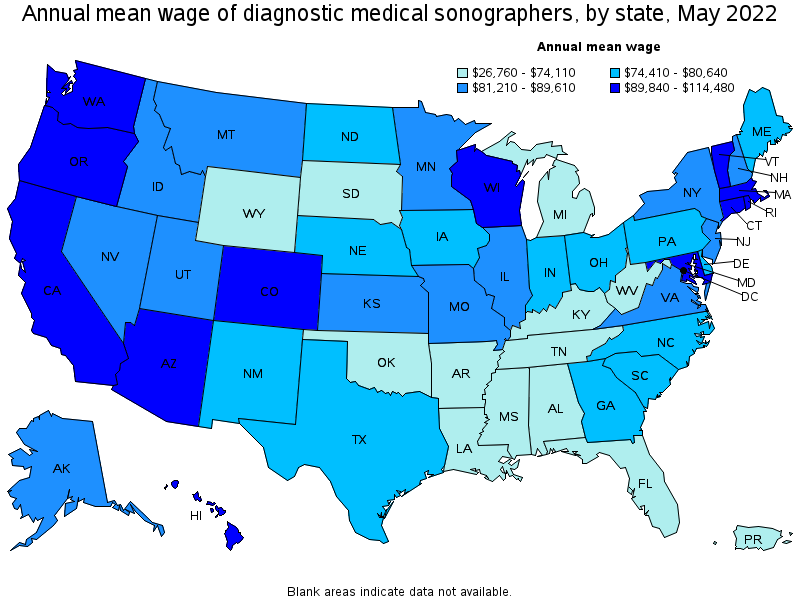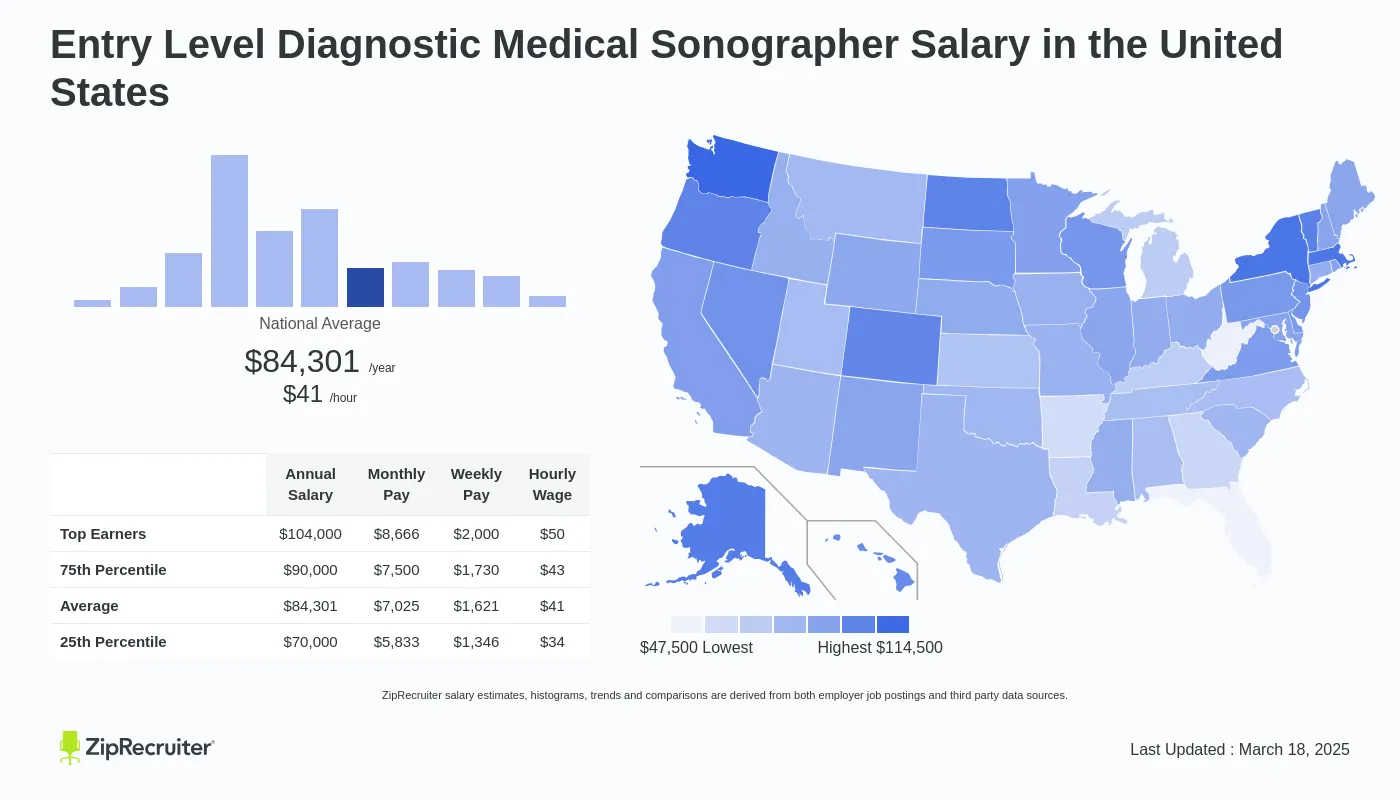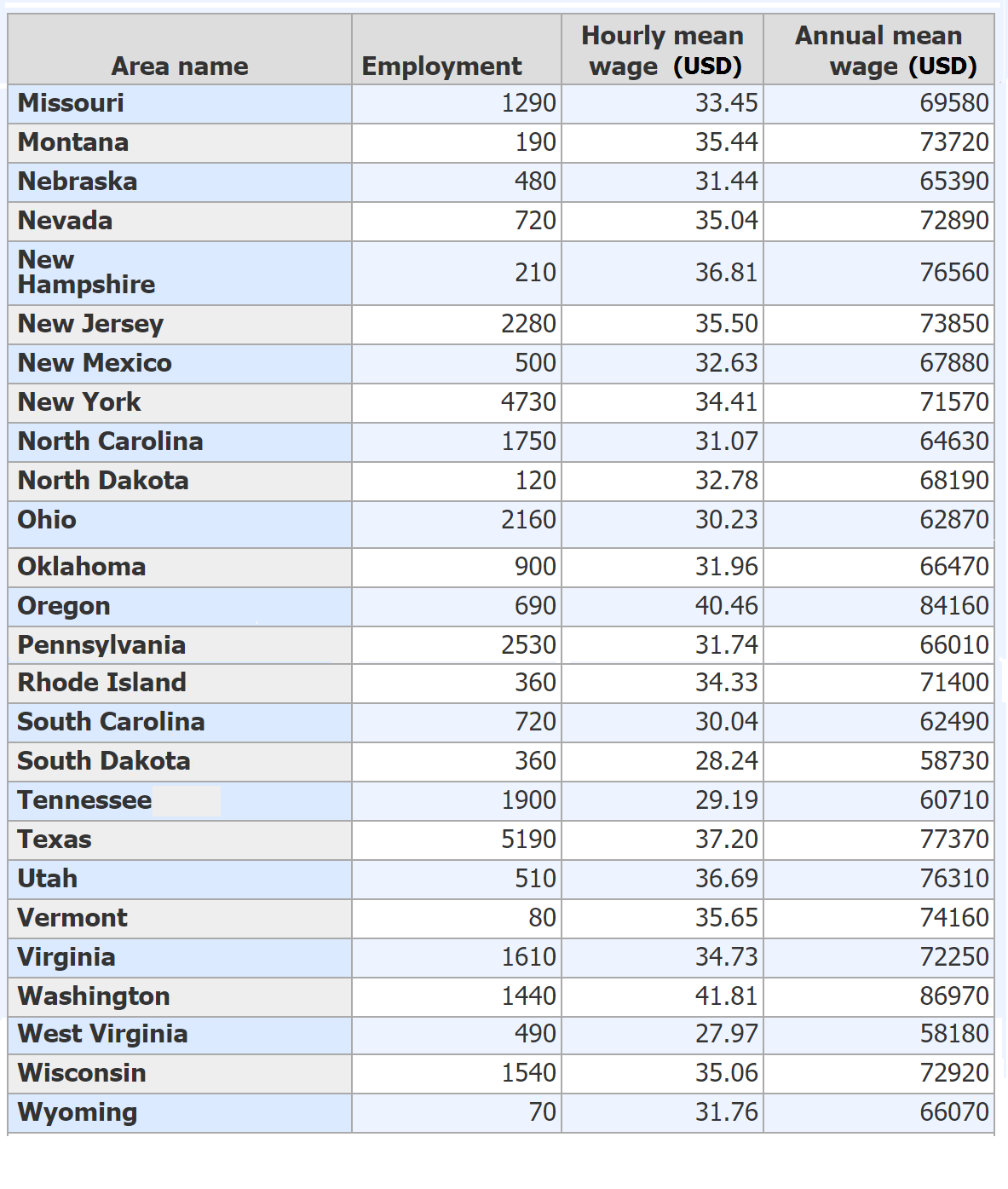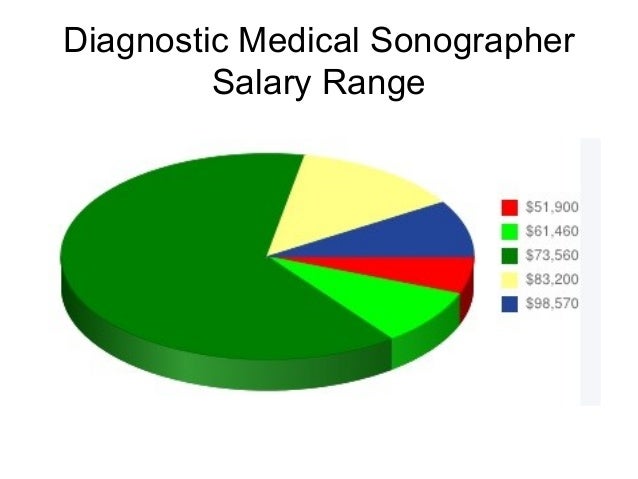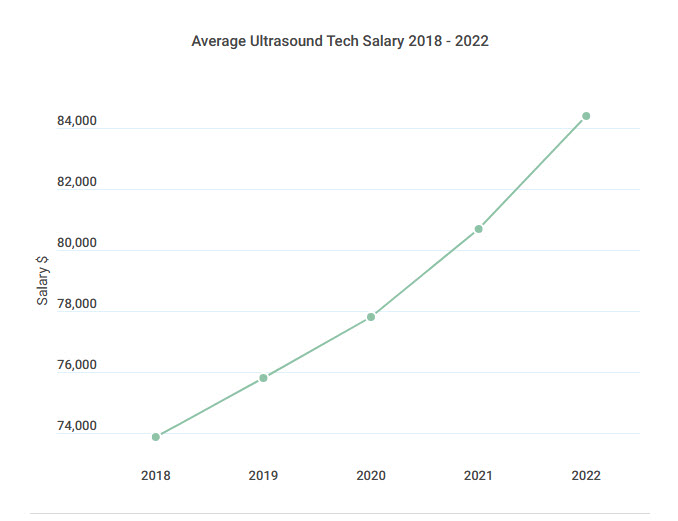Diagnostic Medical Sonographer Salary Hourly
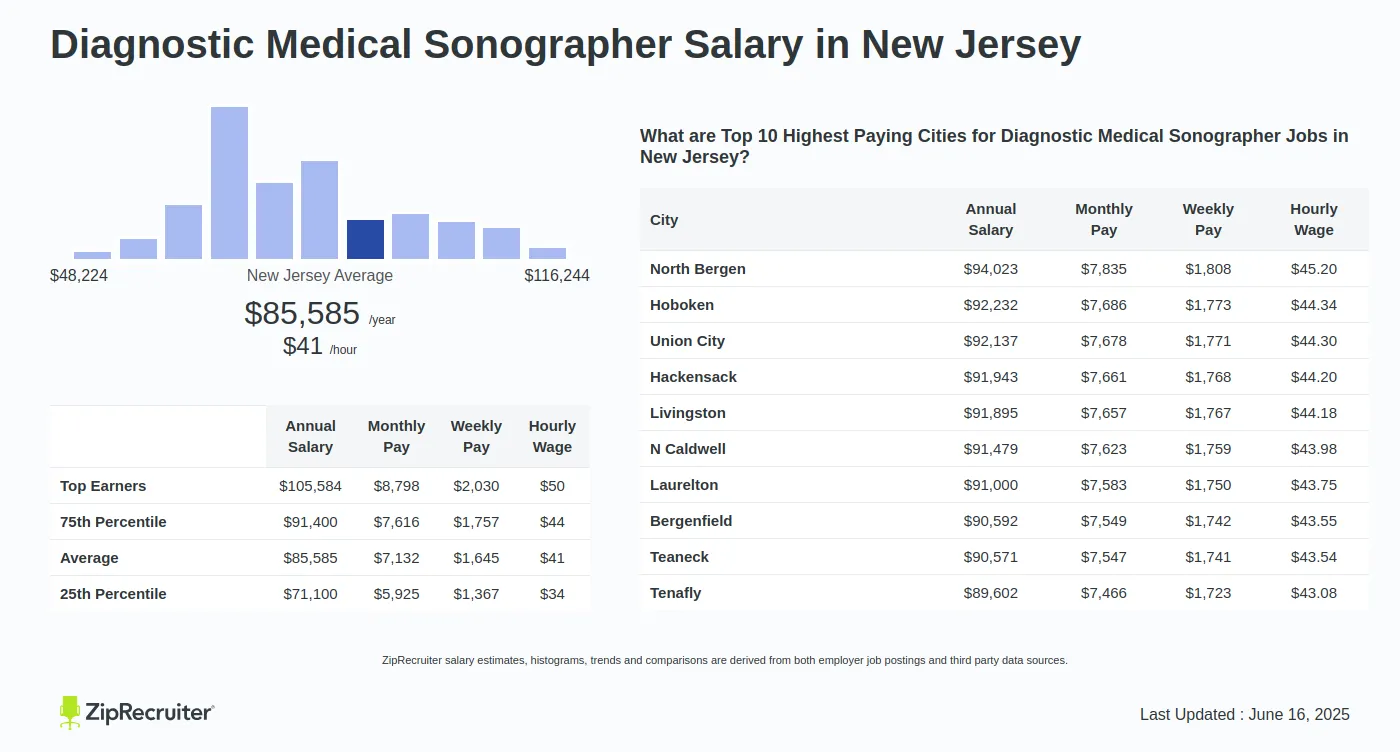
Urgent concerns are mounting over inconsistencies and disparities in diagnostic medical sonographer pay across the nation. Sonographers, crucial for medical imaging, face varying hourly rates and salaries impacting job satisfaction and retention.
The diagnostic medical sonography field, vital for patient care, is experiencing a period of fluctuating compensation. This article dissects the current salary landscape, examining hourly rates, regional variations, and factors influencing earning potential for these essential healthcare professionals.
National Averages and Hourly Rates
The national average annual salary for diagnostic medical sonographers is approximately $84,470 according to the U.S. Bureau of Labor Statistics (BLS). This translates to an average hourly wage of around $40.61.
However, hourly rates can range significantly based on experience, location, and specialization. Entry-level sonographers may earn closer to $30 per hour, while experienced professionals with specialized certifications can command $50 or more.
Indeed.com reports an average hourly rate of $35.44 for diagnostic medical sonographers, while ZipRecruiter indicates a slightly higher average of $38 per hour. These discrepancies highlight the varying data sources and complexities in precisely determining average compensation.
Geographic Disparities
Location plays a crucial role in determining a sonographer's earning potential. States with higher costs of living and greater demand for medical services typically offer higher wages.
California, Massachusetts, and Washington often top the list of states with the highest average salaries for diagnostic medical sonographers. Conversely, states in the Southeast and Midwest may offer lower average wages.
Metropolitan areas generally provide more lucrative opportunities compared to rural regions. This is due to a higher concentration of hospitals, clinics, and imaging centers in urban centers.
Factors Influencing Salary
Several factors contribute to the variability in sonographer salaries. These include experience level, education, certifications, and specialization.
Experience is a significant determinant, with seasoned sonographers commanding higher pay rates. Advanced certifications in areas like echocardiography or vascular sonography can also boost earning potential.
Employers, such as large hospital systems or specialized imaging centers, may offer different compensation packages. Unionized positions sometimes provide greater job security and potentially better benefits.
Impact and Concerns
The fluctuating salary landscape can affect the morale and retention of diagnostic medical sonographers. Inconsistent pay rates can lead to job dissatisfaction and increased turnover.
A shortage of qualified sonographers is a growing concern in the healthcare industry. Adequate compensation is crucial to attract and retain skilled professionals in this vital field.
Addressing pay disparities and ensuring fair compensation is essential for maintaining a stable and highly skilled sonography workforce.
Next Steps and Ongoing Developments
Professional organizations like the Society of Diagnostic Medical Sonography (SDMS) are actively advocating for fair compensation and improved working conditions for sonographers.
Continued research and data collection are necessary to accurately assess salary trends and identify areas requiring attention. Sonographers should research average wages in their region and negotiate accordingly.
The evolving healthcare landscape and increasing demand for medical imaging services will likely continue to shape the salary prospects for diagnostic medical sonographers. Staying informed and proactive is key for professionals in this field.
